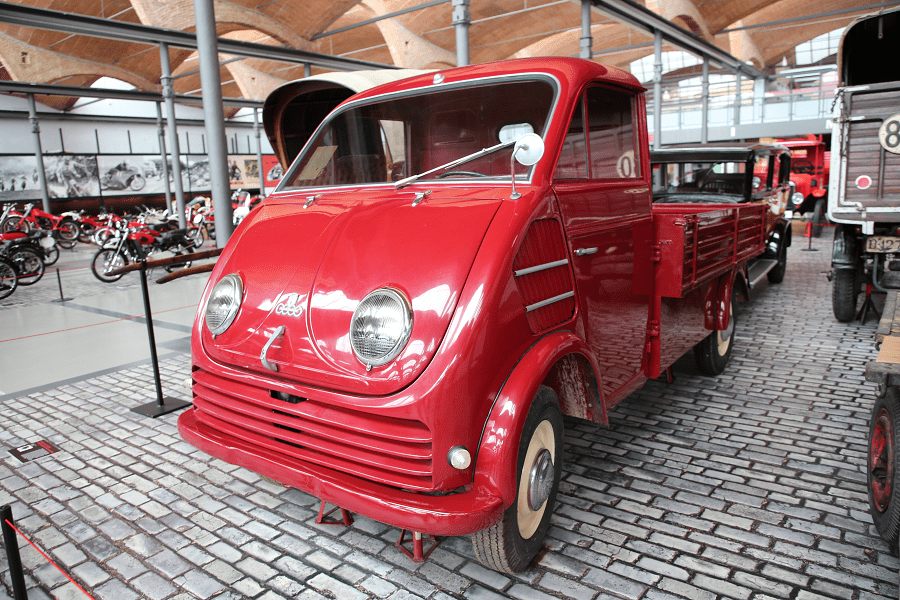DKW F89 L
The DKW Schnellaster, also known as the DKW F89 L, was a van produced by DKW from 1949 to 1962. Alongside the DKW F89 passenger car, it was the first vehicle to be manufactured by the new Auto Union conglomerate in Ingolstadt following the re-establishment of the business in West Germany. The model name Schnellaster translates from German to English as Rapid Transporter.
The Schnellaster is of a one box or monospace configuration featuring front wheels set forward in the passenger cabin, a short sloping aerodynamic hood, front wheel drive, transverse engine (early, two cylinder models only), flat load floor throughout with flexible seating and cargo accommodations. These same features make the Schnellaster a precursor of the modern minivan, a body configuration subsequently popularized in notable examples such as the Renault Espace, or the Chrysler Voyager/Dodge Caravan and, mechanically, of the BMC Mini plus most modern cars.
The van included a trailing arm rear suspension system incorporating springs in the cross bar assembly. The modern layout featured a prewar two-cylinder 700 cc two-stroke engine of the DKW F8 rated at 20 hp (22 hp after 1952). In 1955 the van received the DKW F9’s three cylinder unit with 900 cc, producing 32 hp (24 kW).
The van’s layout enabled a flat loading floor only 40 cm (16 in) off the ground. It was also fitted with a large single rear door fitted to hinges on the right-hand side.
DKW was a German car- and motorcycle-marque. DKW was one of the four companies that formed Auto Union in 1932 and thus became an ancestor of the modern-day Audi company.
Model of the 1959
Made in Spain (Vitoria-Gasteiz, Basque country)
Power: 32 HP
Engine: 896 cc; 3 cylinders












